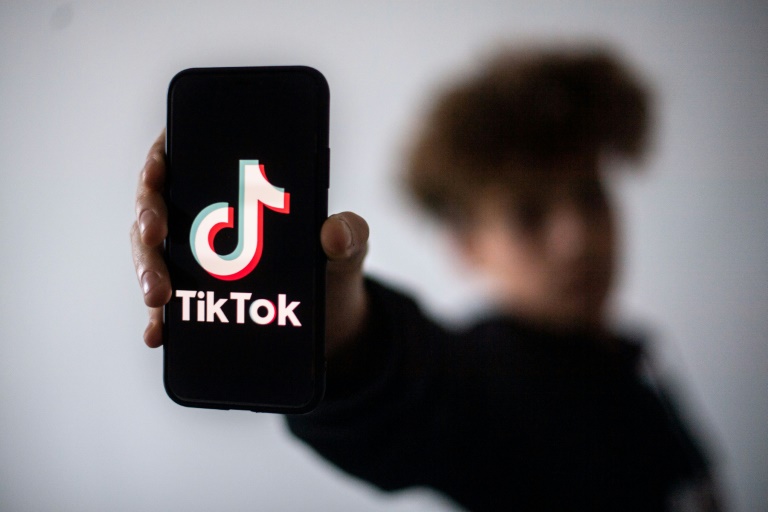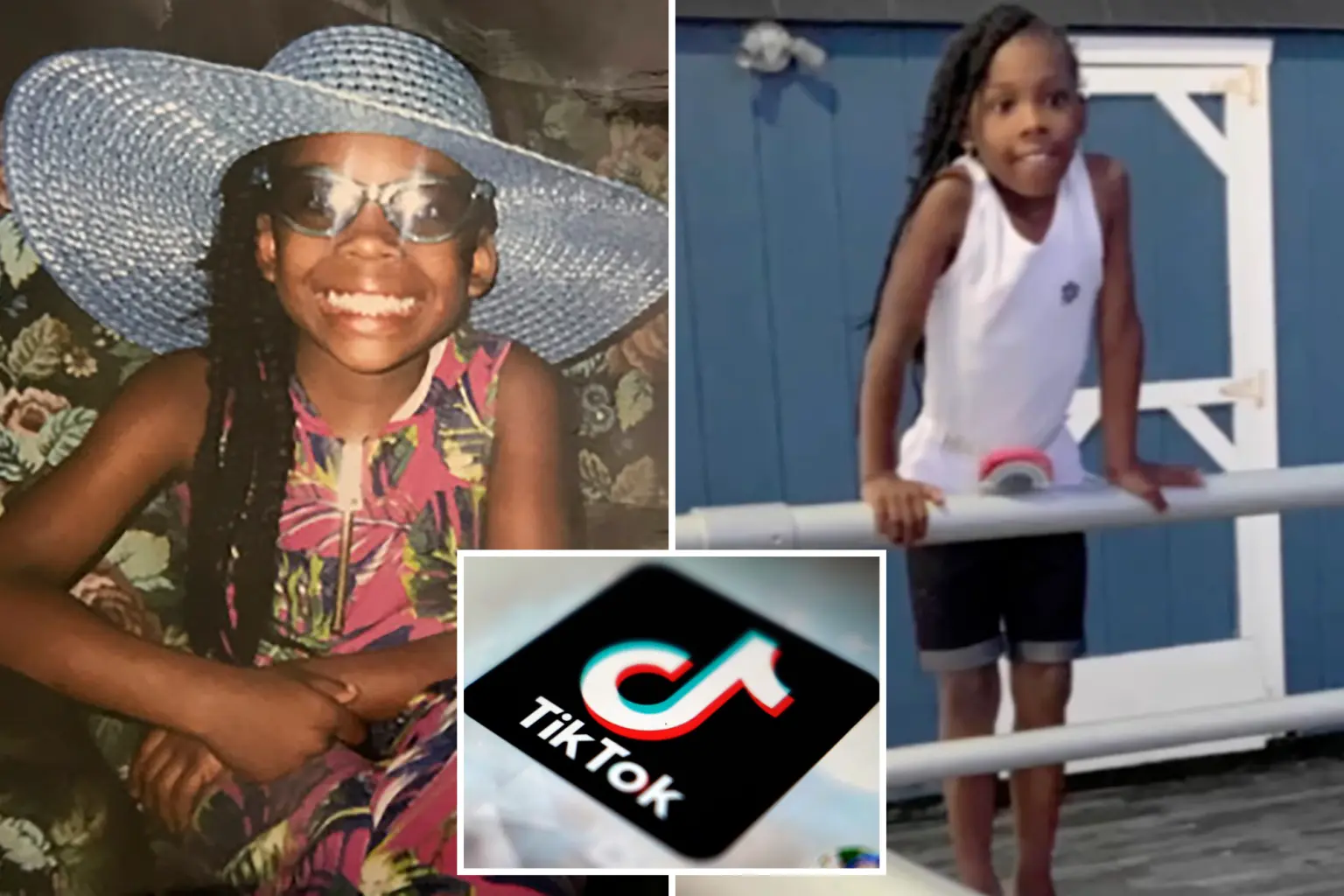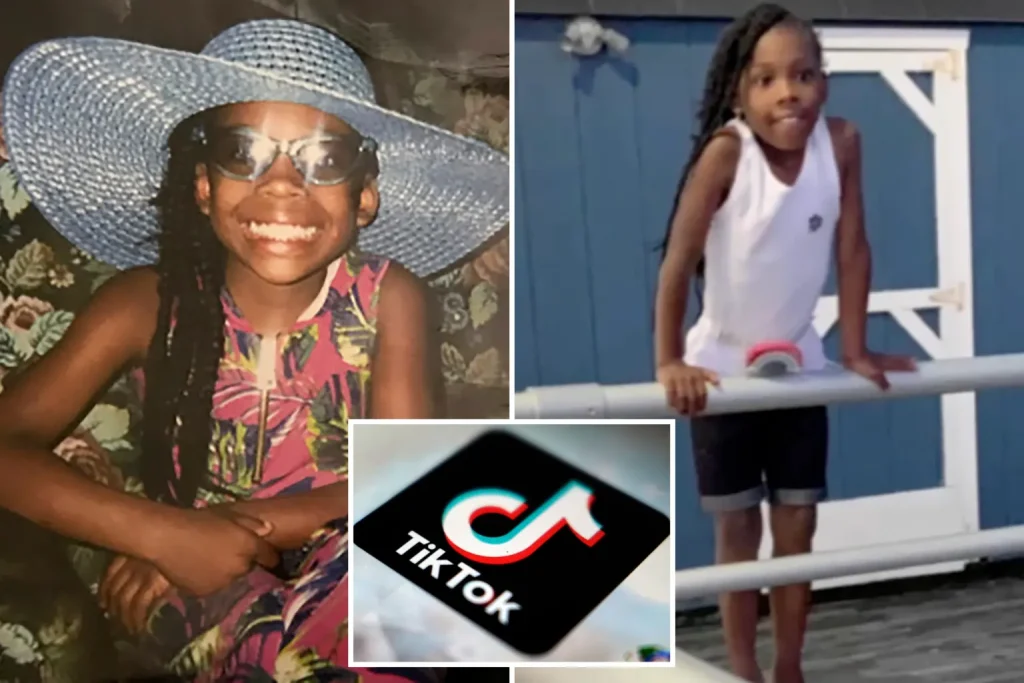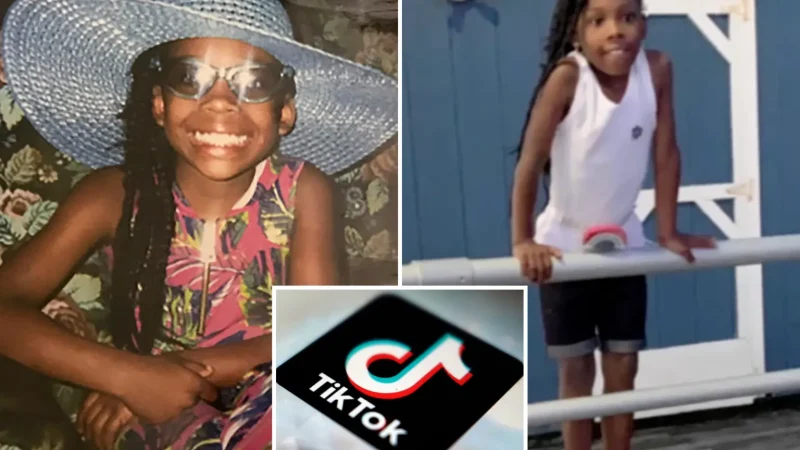Hook: A 12-year-old boy from the UK tragically lost his life attempting the TikTok “blackout challenge,” sparking global concern over this dangerous viral trend.
The rise of social media has connected the world like never before, offering a platform for creativity, entertainment, and education. But it also harbors darker corners—and one of the most alarming is the emergence of risky viral challenges. Among the most dangerous of them all is the Blackout Challenge, a trend that has tragically led to injuries and even the loss of young lives.
In June 2025, the tragic story of a 12-year-old boy from the UK once again brought this trend into the spotlight. Despite global awareness campaigns, the challenge continues to spread, raising serious concerns among parents, educators, and psychologists.
This article aims to shed light on the blackout challenge, explain why it’s so deadly, highlight its psychological appeal, and offer actionable advice for parents to protect their children.
What is the Blackout Challenge?
The blackout challenge, also known as the “pass-out game,” is a social media trend where participants try to induce a temporary state of unconsciousness by cutting off their own airflow. This is typically done by choking oneself, holding one’s breath, or using objects like belts or ropes.
The goal? To experience a momentary high or euphoric state. Some even record themselves before, during, or after the attempt to post the footage on platforms like TikTok or Snapchat.
However, what may seem like a quick thrill can result in devastating consequences:
- Loss of consciousness
- Brain damage from oxygen deprivation
- Seizures
- Broken blood vessels or internal injuries
- Death
And yet, the trend persists.
Why It’s Trending Among Teens
Adolescents are naturally more prone to risky behavior due to ongoing brain development, especially in areas related to decision-making and impulse control. Add peer pressure, a desire for online clout, and easy access to social platforms, and you have a volatile mix.

Psychologists explain that many teens are not fully aware of the danger. The short-term social validation they get from participating in a trend often outweighs their understanding of the risks.
On TikTok, hashtags like #blackoutchallenge and #passoutchallenge may appear harmless or hidden under layers of vague captions. Some users even reupload edited clips to avoid moderation, making it harder for platforms to detect and remove harmful content.
Recent Tragic Cases
The 2025 death of the 12-year-old British boy isn’t the only incident. In the past few years, similar tragedies have been reported:
- 2023: An 11-year-old girl in Italy died after reportedly trying the blackout challenge while home alone.
- 2024: Two teenagers in the U.S. were hospitalized with brain damage after attempting the challenge together.
- 2025: The recent UK case, where the boy was found
- unresponsive in his room, has reignited calls for stricter content moderation.
Parents in these cases often express heartbreak and shock, having no idea such a trend even existed.
Why This Should Alarm Every Parent
The danger of the blackout challenge lies not just in its risk, but in its invisibility. It often occurs behind closed doors, without warning signs. Teens may not leave any trace other than phone history or browser searches.
Signs Your Child Might Be Aware of or Engaged in the Challenge:
- Unexplained bruising on the neck or chest
- Talking about viral trends or showing videos that include breathing games
- Sudden changes in behavior or secrecy around device usage
- Use of belts, ropes, or cords in odd locations
Some teens may even treat it as a joke or dare at sleepovers or school gatherings.
What Platforms Are Doing About It
Social media platforms, particularly TikTok, have implemented AI-based moderation systems to detect dangerous trends. However, these systems aren’t foolproof. Content slips through daily, especially when creators find ways to disguise or reframe their content.
TikTok has removed thousands of videos related to the blackout challenge and displays safety warnings when users search for related terms. But critics argue that more needs to be done, such as:
- Real-time moderation by human reviewers
- Partnerships with child safety organizations
- Educational content promoted alongside harmful trends
- Stronger age verification tools
Parents cannot rely solely on tech companies to keep kids safe.
What Parents Can Do: Prevention Tips
- Start Open Conversations
Talk to your child about online safety, dangerous trends, and peer pressure. Make sure they know they can come to you without fear of punishment. - Monitor Online Activity
Use parental controls and regularly check their social media use, including what content they view, like, and share. - Educate Them About Risks
Show real-life examples (age-appropriate) of what can go wrong. Teens often respond better to facts than warnings alone. - Set Clear Boundaries
Establish rules about what kinds of content are acceptable and what apps can be used. - Foster Offline Hobbies
Encourage sports, art, reading, and in-person socializing to reduce excessive screen time. - Watch for Behavior Changes
Increased isolation, changes in sleep, or mood swings could signal something is wrong.
What Schools and Communities Can Do
- Host digital safety workshops for students and parents.
- Bring in mental health professionals to talk about online risks.
- Encourage students to report dangerous content.
- Train teachers to recognize signs of risky behavior.
This is not just a parental issue—it’s a community-wide concern.
The Psychological Side of Risky Challenges
Experts suggest that dangerous trends like the blackout challenge are not just about curiosity. They can be linked to deeper issues such as:
- A need for validation or attention
- Boredom or lack of stimulation
- Anxiety or depression
- Feeling invincible or disconnected from consequences
Mental health support is just as crucial as tech solutions. Parents and schools should work together to ensure teens feel heard, supported, and grounded in reality.
Final Thoughts: Awareness Saves Lives
The blackout challenge is not a harmless game. It’s a silent killer that hides behind a screen and preys on curiosity and peer pressure. As this trend continues to resurface, awareness and proactive parenting are the most powerful tools we have.
Parents, please:
- Educate yourself about current trends.
- Talk openly with your children.
- Monitor digital behavior without shame or blame.
You could be the difference between a curious click and a tragic consequence.
Call to Action
If you found this article helpful, share it with other parents, teachers, or caregivers. Together, we can raise awareness and help stop this deadly trend.
Follow us @TrendystagNews for more daily updates on viral trends, online safety, and youth culture.
Stay informed. Stay alert. Stay involved.
— Team TrendyStag








